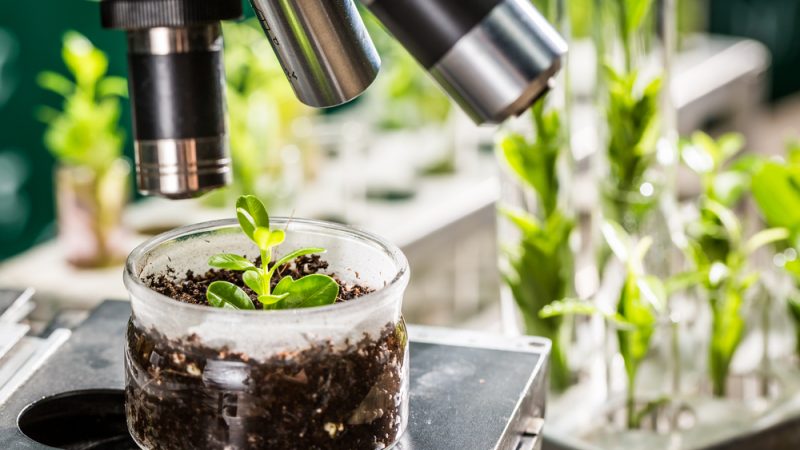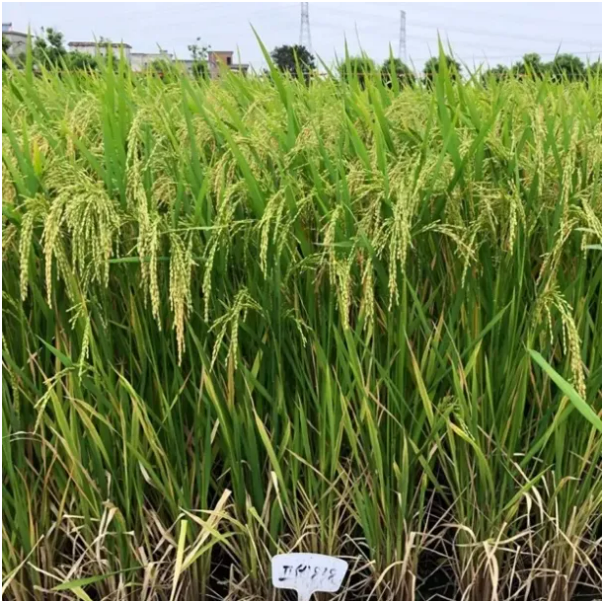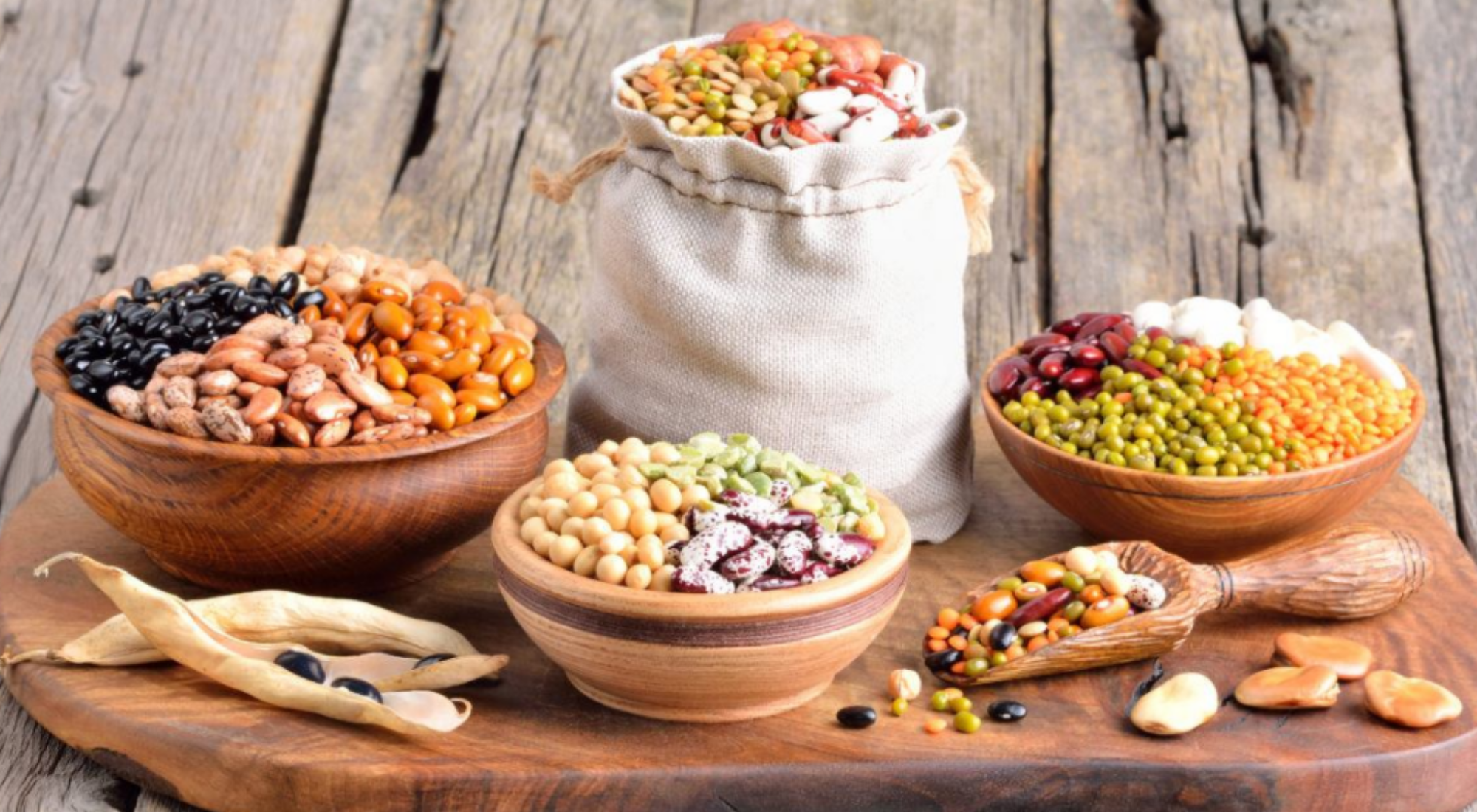Introduction
The United Nations (2019) says that the number of people on earth will reach 9.4 billion by 2050 and an additional 2.7 billion by 2100. So, it is clear that global food production must rise to meet the needs of a growing population, but the question is by how much? Where will it be made in the world? The problem could be solved by breeding plants to make F1 hybrids, which are good for the environment, the economy, and society. But what do these advantages look like? How important are they to achieving the Sustainable Development Goals (SDGs)?
What are hybrid varieties?
Genetics and selective breeding use the term “hybrid” (Khan, 2017). A hybrid plant is the offspring of two parent plants that work well together. Then, the hybrid has the best parts of both parents. But to make good parents, you have to make sure their genes are as similar as possible (homozygous). You can do this by crossing the parents with themselves, which is called selfing or inbreeding.
Social, economic and environmental benefits of hybrid varieties
Breeding hybrid varieties of plants can give them good plant health and high yields, which may help farmers deal with the low grain prices right now. When growing conditions are right, hybrid varieties can help farms make more money because the gains from more crops or lower costs for other inputs can cover the cost of the seed. Breeding for hybrid varieties can also have a big effect on how much farmers get paid. If new varieties can grow crops that meet certain quality standards (such as size and taste), they can give farmers access to new markets.

The great thing about hybrid varieties is that they have a positive impact on yield. The way families eat can also be affected by how much their crops produce. Hybrid varieties lead to higher yields, especially when the crop is stressed by the environment, like when there is a drought or temperature shock early in the season or when there is heat and drought during grain fill later in the season (Lu et al., 2020). Also, the roots of hybrid varieties are deeper and stronger, which helps them get water and nutrients very quickly. In this way, they make it easier to use less water and nutrients.
Plant breeding of hybrid varieties may help reduce the expansion of agricultural land by helping farmers get higher yields. This could reduce land use change (LUC) and the greenhouse gas (GHG) emissions that come with it, as well as help keep natural biodiversity. This is especially important in places where converting carbon-rich and biologically diverse landscapes to farmland is part of the process of making more land for farming.

Lastly, the COVID-19 pandemic showed how fragile the world’s food system is and how important it is to change it to make it more environmentally and economically resilient. Cereal crops like rice, wheat, and maize can help a lot if they are better bred. Also, any food security plan that wants to attain Sustainable Development Goal 2 (zero hunger) must include larger system-wide changes, like zero-emissions agriculture.
Sources
Khan, N. U. (2017). F1 hybrid. Reference Module in Life Sciences. doi:10.1016/b978-0-12-809633-8.06413-x
Lu, J., Wang, D., Liu, K. et al. (2020). Inbred varieties outperformed hybrid rice varieties under dense planting with reducing nitrogen. Sci Rep 10, 8769. https://doi.org/10.1038/s41598-020-65574-0
United Nations (2019). World population prospects: The 2019 revision. Department of Economic and Social Affairs, Population Division, United Nations. Online Edition. Rev. 1. Available from https://population.un.org/wpp/Download/Standard/Population/.
https://phys.org/news/2020-03-genetic-diversity-yield-hybrid-crop.html
